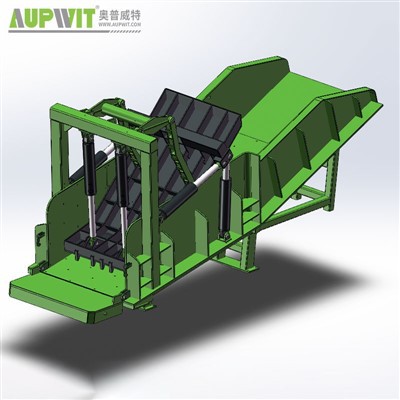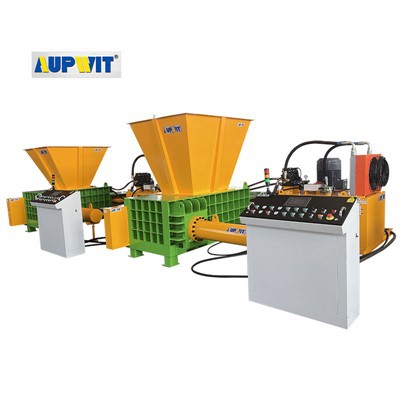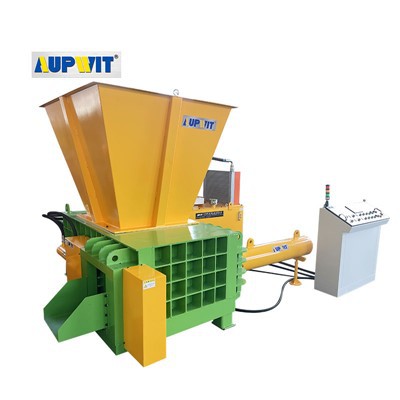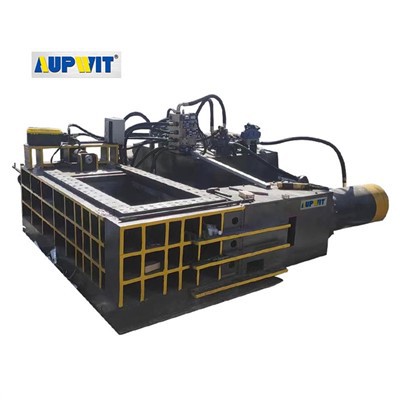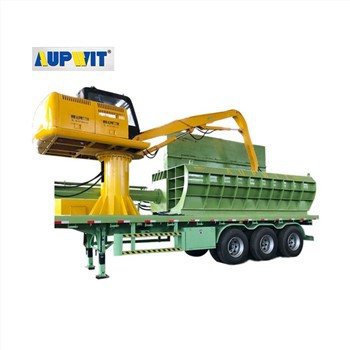Automatic Baler Machine Maintenance
Proactive strategy to reduce failure rate through preventive care, standard operation, component monitoring, and environmental adaptation
Preventive Maintenance Routine
- Regularly clean the machine's key areas, such as the feeding path, tensioning mechanism, and sealing unit
- Remove accumulated dust, debris, or leftover packing belt scraps to prevent jams and reduce friction
- Lubricate rotating components like rollers and gears using manufacturer-recommended lubricants
- Proper lubrication minimizes wear and ensures smooth operation, preventing premature component failure
Standard Operating Procedures
- Ensure operators are trained to understand the machine's capabilities and limitations
- Avoid overloading the machine with materials beyond its capacity
- Use only compatible packing belts to prevent unnecessary stress on mechanical and electrical parts
- Guide operators to power off the machine properly after use
- Conduct quick visual checks for obvious issues before each startup
Component Monitoring
- Pay close attention to parts that bear frequent stress: tensioning springs, feed rollers, and sealing blades
- Listen for unusual noises during operation that may signal worn bearings
- Watch for inconsistent packing results suggesting a failing tension mechanism
- Look for visible damage like cracks on belts or bent components
- Address issues promptly to reduce both downtime and repair costs
Environmental Adaptation
- Keep the machine in a dry, well-ventilated area to prevent moisture buildup
- Avoid rust on metal components and short circuits in electrical systems
- Keep away from sources of extreme temperature or vibration
- Protect the machine's precision and lifespan of sensitive parts like sensors or control panels
By combining regular preventive maintenance, strict adherence to operating standards, proactive component monitoring, and environmental control, the failure rate of a fully automatic baler machine can be significantly reduced.


